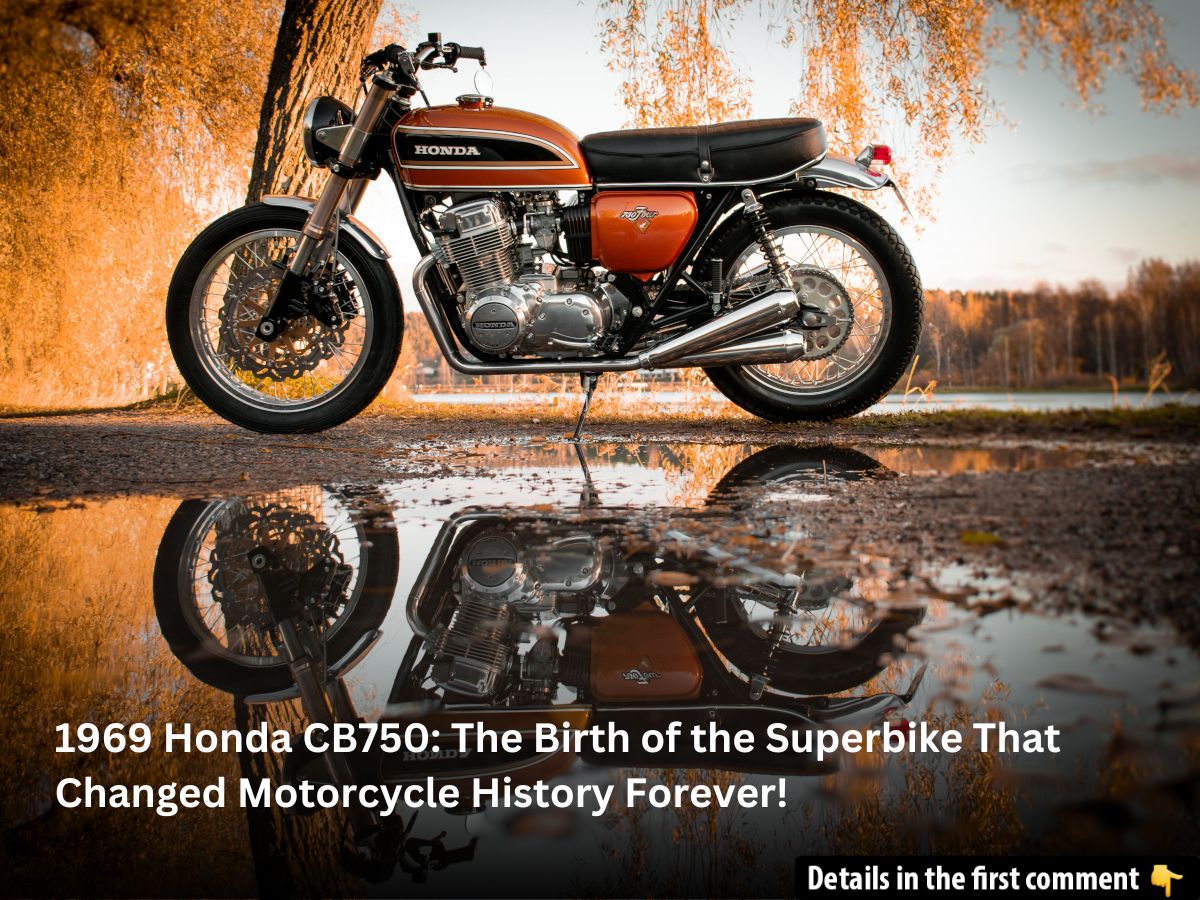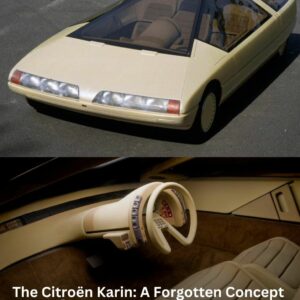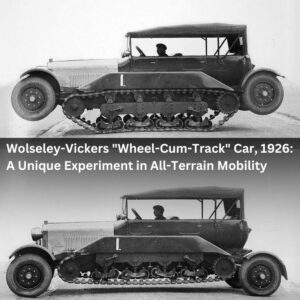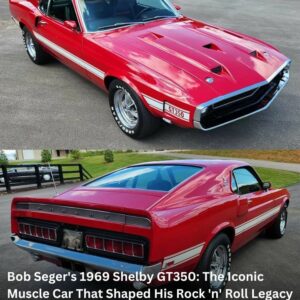In 1969, the world witnessed the arrival of a game-changer in the world of motorcycles. The Honda CB750, unveiled to the public for the first time on April 5 at the Metropole Hotel during the Brighton Motorcycle Show, set a new standard for motorcycle design and performance. Not only was it the first mass-produced motorcycle with a four-cylinder engine, but it also featured groundbreaking innovations such as a disc brake and an electric starter. These features marked the birth of the “superbike”—a term that would soon become synonymous with performance, power, and cutting-edge technology.
The Rise of a New Era: Honda’s Vision and Development
The roots of the Honda CB750 trace back to the mid-1960s when the company was already a dominant force in the global motorcycle market. By 1966, Honda had become the world’s largest motorcycle manufacturer, but their biggest model at the time was the 450cc CB450, which catered primarily to the American market. While this machine outperformed many larger bikes, it was clear that the US market had a growing demand for even more powerful motorcycles. The iconic Harley-Davidson and British brands like Triumph were still ruling the roost with their larger models.
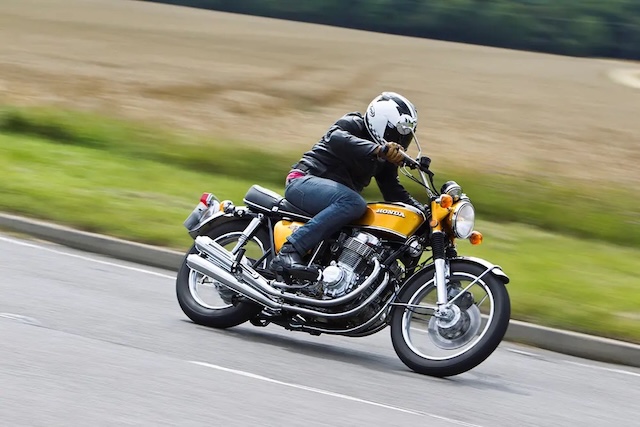
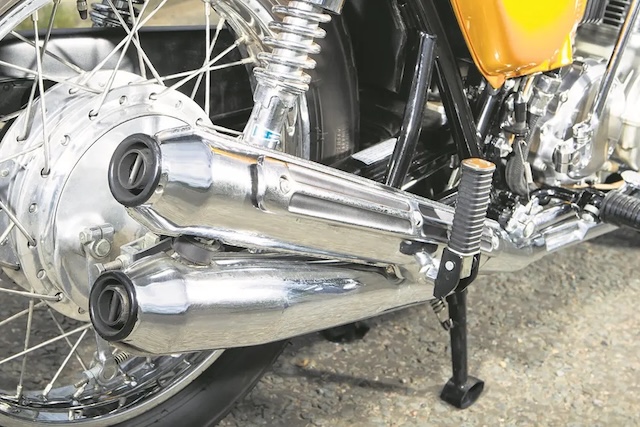
Honda understood that to capture the attention of the American and global markets, they needed to create something truly exceptional. In 1967, Honda’s decision to pull out of Grand Prix racing in response to new regulations allowed them to focus on developing a new, high-performance road bike. The shift in focus was a bold move, as the company set its sights on creating a motorcycle that would surpass its competitors in performance, reliability, and innovation.
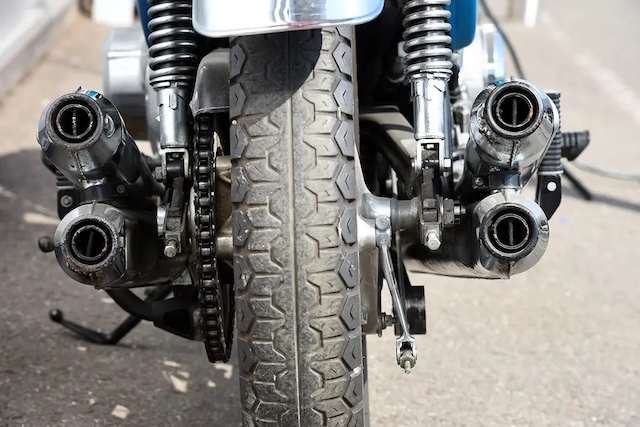
Video
Watch the time-lapse of a Honda CB750 Cafe Racer build, starting from scratch!
The Visionary Team Behind the Honda CB750
Led by Yoshiro Harada, Honda’s engineers embarked on a mission to develop a bike that would redefine motorcycling. In the summer of 1967, Harada traveled to the United States to gauge the impact of the CB450. His trip revealed that American customers were not satisfied with 450cc motorcycles and were eager for a bigger, more powerful machine. During this time, Honda’s founder, Soichiro Honda, had an epiphany when he saw a Triumph 750cc police bike in Switzerland. Despite the bike’s size, it looked small compared to the officer riding it, prompting Honda to realize that in order to succeed in international markets, Honda motorcycles had to meet global standards of size and performance.
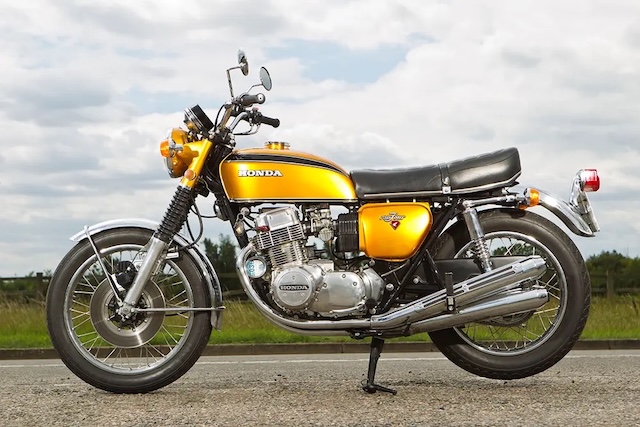
Back at American Honda, Bob Hansen, the service manager, suggested that Honda should not pursue a twin-cylinder 750, but instead focus on creating a four-cylinder machine. This idea resonated with Honda, and by October 1967, the concept of the CB750—a 750cc, four-cylinder motorcycle—was set in motion. By February 1968, a dedicated team had assembled to bring the vision to life.
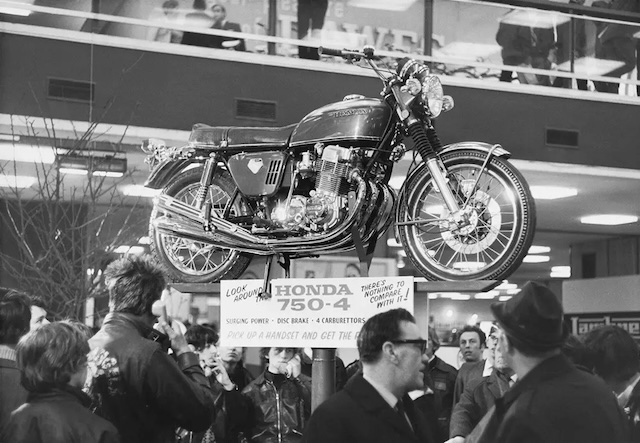
Innovation at Its Core: The Prototype and Key Design Decisions
The Honda CB750’s design centered on two main priorities: exceptional performance and unparalleled reliability. The decision to use a four-cylinder engine, a layout that was already familiar from Honda’s successful Grand Prix motorcycles, was a key factor in differentiating the bike from its competitors. The prototype engine was tested in a CB450 chassis, and the results were astonishing—smooth, fast, and incredibly reliable.
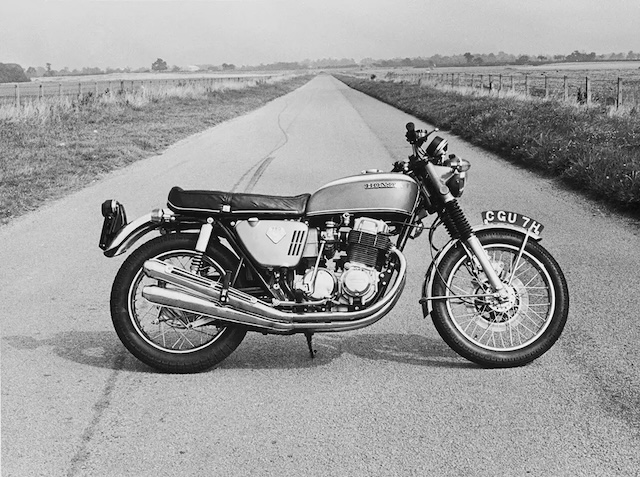
One of the major challenges faced during the development process was deciding how to effectively slow down this powerful machine. While the test bike initially used a conventional drum brake, Harada soon realized that a disc brake, which had gained popularity in racing, would be a better choice for the CB750. When presented with two options—drum or disc brakes—Soichiro Honda’s decision was clear: “Of course we’ll have to go with disc brakes,” setting a new standard for braking performance in motorcycles.
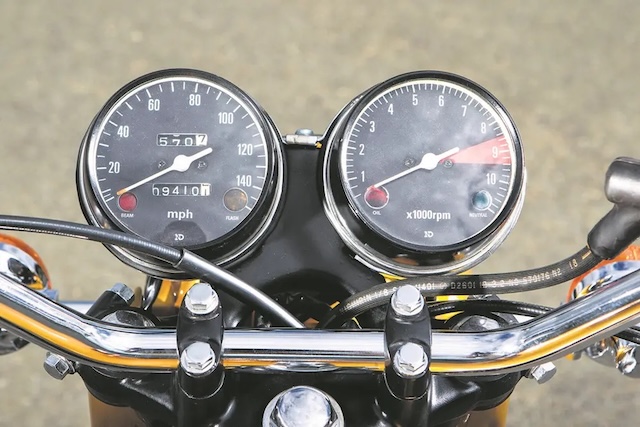
The Grand Reveal: Honda CB750 Unveiled to the World
By October 1968, the CB750 prototype was ready for its first public appearance at the Tokyo Motor Show. The bike was displayed on a rotating plinth, with its engine mounted alongside it. The CB750 immediately captured the attention of the motorcycle community, with its sleek design and innovative features making it a true standout.
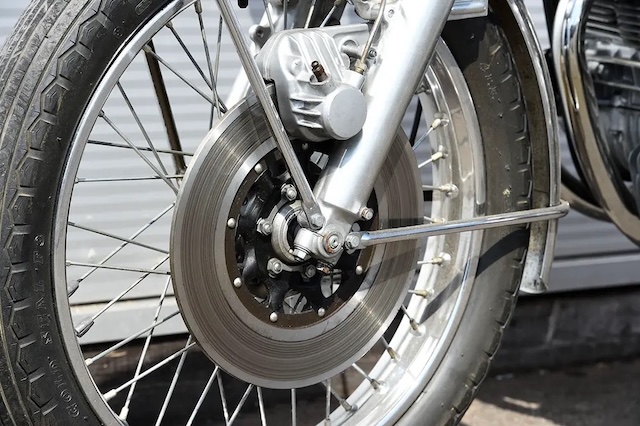
The unveiling was followed by a crucial dealer meeting in Las Vegas, where American Honda President Kihachiro Kawashima revealed the bike’s price: $1,295. This price was far lower than that of its competitors, which were selling for between $2,800 and $4,000, and caused a stir among dealers. The price was soon raised to $1,495 due to overwhelming demand, but the damage was done—orders flooded in, and Honda quickly ramped up production.
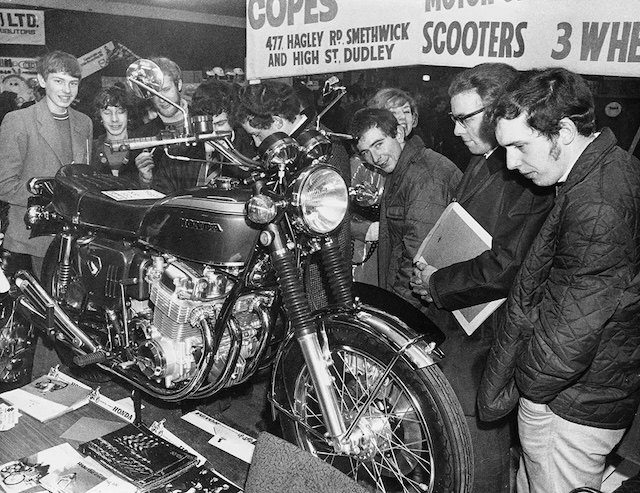
Production and Impact on the Motorcycle Industry
Initial production plans for the CB750 were modest, with Honda expecting to produce only 1,500 units per year. However, the overwhelming demand led the company to revise their production estimate to 1,500 units per month. This rapid increase in demand necessitated the use of “sand-cast” techniques for the first batch of engines, which were identifiable by their rougher finish. These early models are now some of the most coveted and valuable CB750s.
The introduction of the CB750 had far-reaching consequences for the global motorcycle industry. In Japan, Kawasaki abandoned its plans for a rival 750cc four-cylinder bike, and the CB750’s success effectively sealed the fate of the British motorcycle industry. Brands like Triumph and BSA, once dominant players, could not compete with the technological advancements and affordability of the Honda CB750. The bike became a symbol of Japan’s rise to prominence in the motorcycle world.

The Legacy of the Honda CB750
The impact of the Honda CB750 extended far beyond its initial success. It was not just a powerful and reliable machine—it was a symbol of innovation and a turning point for the entire motorcycle industry. The CB750 set the stage for the Japanese dominance in the motorcycle market, with models like the Kawasaki Z1 and Suzuki GS following in its wake.
One of the most significant aspects of the CB750’s legacy is its enduring value. The gold prototype, which was used for early road tests and later sold to the Earl of Denbigh, became known as the “Brighton bike” and has since become one of the most valuable Japanese motorcycles ever sold. In 2020, it was auctioned for £161,000, solidifying its place in motorcycle history.
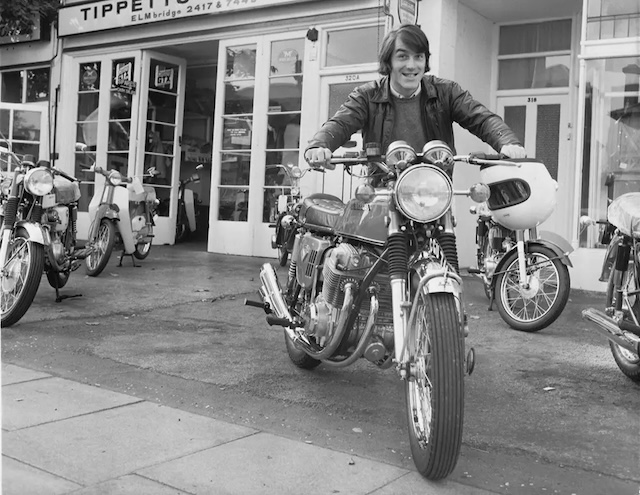
Video
Watch the thrilling showdown: H2 750 vs CB750 vs HD XR750 at the Gunstock Hill Climb during the Laconia 100th Anniversary 2023 Vintage Class!
Conclusion: A Monumental Milestone in Motorcycle History
The Honda CB750 was not just a motorcycle—it was a revolution. From its innovative four-cylinder engine to its groundbreaking disc brakes, the CB750 set the stage for a new era of superbikes. It reshaped the motorcycle landscape, leading to a wave of Japanese-made motorcycles that would dominate the market for decades to come. Today, the CB750 remains an iconic symbol of performance, engineering excellence, and the power of innovation. Its legacy continues to inspire riders and manufacturers around the world, making it one of the most significant motorcycles ever created.
